Welcome to Your Essential Auto Insurance Guide
Navigating the world of auto insurance can seem complex, but understanding the fundamentals is crucial for protecting yourself and your assets. This guide will walk you through the essential aspects of auto insurance basics—understanding your coverage, ensuring you make informed decisions for your financial security on the road. At Beach Insurance LLC, we believe that a well-informed driver is a well-protected driver.
Auto Insurance Basics—Understanding Your Coverage: A Foundation
Auto insurance is more than just a legal requirement; it’s a financial safety net designed to protect you from the unexpected costs associated with car accidents, theft, and other damages. A typical policy is a contract between you and an insurance company, where you pay a premium, and in return, the insurer agrees to pay for certain losses as outlined in your policy.
Understanding the core components of your policy is the first step towards comprehensive protection. While specific coverages can vary by state and insurer, most policies include a combination of mandatory and optional protections.
Mandatory Auto Insurance Coverages Explained
Most states mandate specific types and minimum amounts of auto insurance to ensure drivers can cover basic damages or injuries they might cause. These mandatory coverages form the backbone of your policy:
- Bodily Injury Liability (BIL): This covers medical expenses, lost wages, and pain and suffering for others if you are at fault in an accident. State laws often specify minimum limits per person and per accident.
- Property Damage Liability (PDL): This pays for damage you cause to another person’s property, such as their vehicle, fence, or building, in an at-fault accident.
- Personal Injury Protection (PIP) or Medical Payments (MedPay): Required in some “no-fault” states, PIP covers your (and your passengers’) medical expenses and, in some cases, lost wages, regardless of who is at fault. MedPay is similar but typically only covers medical costs. Coverage limits typically start at $1,000 per person and can go higher, according to Progressive.
- Uninsured/Underinsured Motorist (UM/UIM): This coverage protects you if you’re hit by a driver who either has no insurance (uninsured) or not enough insurance (underinsured) to cover your damages and medical bills. This is a critical protection often overlooked, as it safeguards you when other drivers are not adequately insured. Learn more about uninsured motorist coverage with Beach Insurance LLC.
Beyond the Basics: Frequently Required & Recommended Protection
While state minimums provide a baseline, they often fall short of truly protecting your financial well-being. Lenders, for example, typically require additional coverages if you lease or finance your vehicle. Beyond that, many drivers choose to enhance their protection with:
- Collision Coverage: This pays for damage to your own vehicle resulting from a collision with another vehicle or object, regardless of who is at fault. It’s especially important if your car is relatively new or valuable.
- Comprehensive Coverage: This protects your car from non-collision events, such as theft, vandalism, fire, natural disasters (hail, floods), and impacts with animals. If your vehicle is stolen or damaged by something other than a collision, comprehensive coverage can help with repair or replacement costs.
These coverages are often bundled together as “physical damage” coverage and are highly recommended for most drivers who want to protect their investment in their vehicle.
Demystifying Optional Auto Insurance Coverages
Beyond the mandatory and commonly required coverages, a variety of optional coverages exist to provide tailored protection. These can add significant peace of mind:
- Roadside Assistance: Offers help with flat tires, dead batteries, lockouts, or towing services.
- Rental Car Reimbursement: Pays for a rental car while your vehicle is being repaired after a covered accident.
- Gap Insurance: If your car is totaled and you owe more on your loan or lease than the vehicle’s actual cash value, gap insurance covers the difference. This is particularly useful for new cars that depreciate quickly.
- Custom Parts and Equipment (CPE) Coverage: Protects aftermarket additions to your vehicle, such as custom rims, stereo systems, or paint jobs.
- Rideshare Coverage: Essential for drivers who use their personal vehicle for ridesharing services like Uber or Lyft, filling gaps in coverage between personal policies and the rideshare company’s insurance.
Exploring these options allows you to customize your auto insurance basics—understanding your coverage to fit your specific needs and lifestyle. An article from the Observer-Reporter further elaborates on these optional coverages.
Understanding Who and What Your Auto Policy Protects
A common question is whether auto insurance follows the car or the driver. Generally, auto insurance follows the car, meaning that if you lend your car to a friend and they get into an accident, your policy is typically primary. However, there are nuances:
- Permissive Use: Most policies cover other drivers who have your permission to use your car.
- Household Members: Drivers residing in your household, especially those with their own licenses, should typically be listed on your policy.
- Excluded Drivers: You may be able to exclude certain individuals from your policy, meaning they would not be covered if they drive your car.
It’s vital to review your policy carefully and discuss any potential drivers with your agent to ensure proper coverage. For instance, if you have youthful operators or teen drivers, specific considerations apply.
Key Factors That Influence Your Auto Insurance Premiums
Several factors determine the cost of your auto insurance. Insurers assess risk based on various criteria to calculate your premium:
- Driving Record: A clean driving history with no accidents or violations typically leads to lower rates.
- Vehicle Type: The make, model, age, and safety features of your car influence premiums. Sports cars, luxury vehicles, and those with higher theft rates often cost more to insure.
- Location: Where you live and park your car affects rates, with urban areas often having higher premiums due to increased traffic and theft risks.
- Age and Experience: Younger, less experienced drivers generally face higher premiums.
- Credit Score: In many states, your credit-based insurance score can impact your rates.
- Annual Mileage: Driving fewer miles may result in lower premiums.
- Deductible Amount: Choosing a higher deductible (the amount you pay out-of-pocket before insurance kicks in) usually lowers your premium.
Understanding these factors that affect premiums can help you make choices that lead to more favorable rates. Beach Insurance LLC offers resources to help you understand what factors affect your car insurance rates.
Smart Strategies to Save Money on Car Insurance
While premiums are influenced by many factors, there are proactive steps you can take to potentially lower your costs:
- Shop Around: Compare quotes from multiple insurers to find the best rates for the coverage you need.
- Increase Deductibles: Opting for higher deductibles on comprehensive and collision coverage can reduce your premium, but ensure you can afford the out-of-pocket expense if you file a claim.
- Bundle Policies: Many insurers offer discounts when you bundle multiple policies, such as auto and home insurance, with the same company.
- Maintain a Good Driving Record: Safe driving habits are rewarded with lower rates and eligibility for good driver discounts.
- Look for Discounts: Inquire about discounts for good students, defensive driving courses, low mileage, vehicle safety features, and multi-car policies.
- Improve Credit Score: A higher credit score can positively impact your insurance rates in states where it’s a rating factor.
- Consider Telematics Programs: Some insurers offer programs that monitor your driving habits (e.g., speed, braking) and provide discounts for safe driving.
By implementing these strategies, you can effectively manage and potentially reduce your auto insurance expenses. Discover more easy tips to lower auto insurance costs.
Driving Forward with Confidence: Choosing Your Best Policy
Choosing the right auto insurance policy means finding the balance between adequate protection and affordability. It involves more than just meeting state minimums; it’s about safeguarding your financial future against potential risks on the road. Take the time to evaluate your assets, driving habits, and vehicle value. Beach Insurance LLC is here to help you navigate these choices, ensuring you have the coverage that provides peace of mind every time you get behind the wheel. We are dedicated to helping you with your auto insurance basics—understanding your coverage and beyond.
Visit our Contact Us page.






